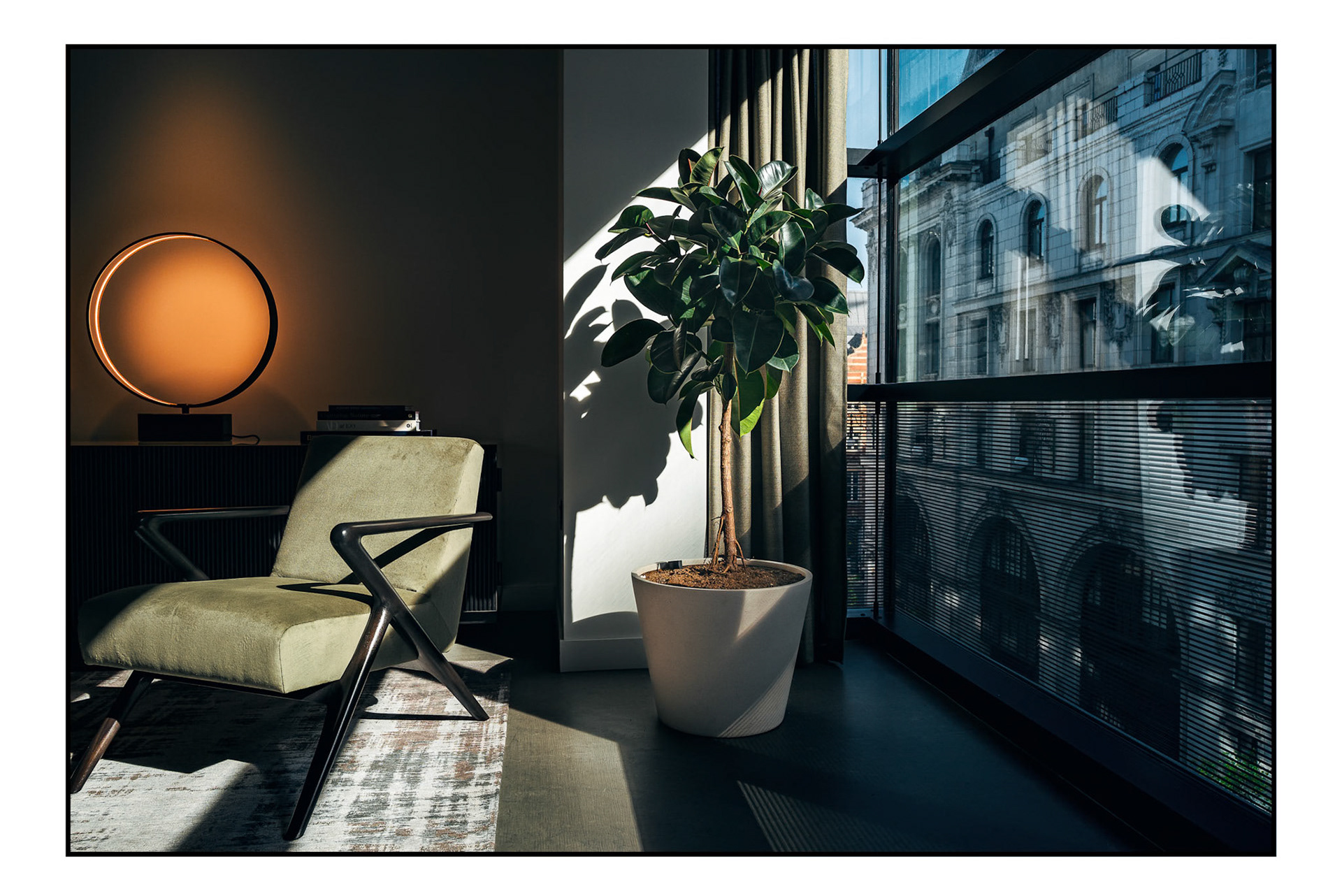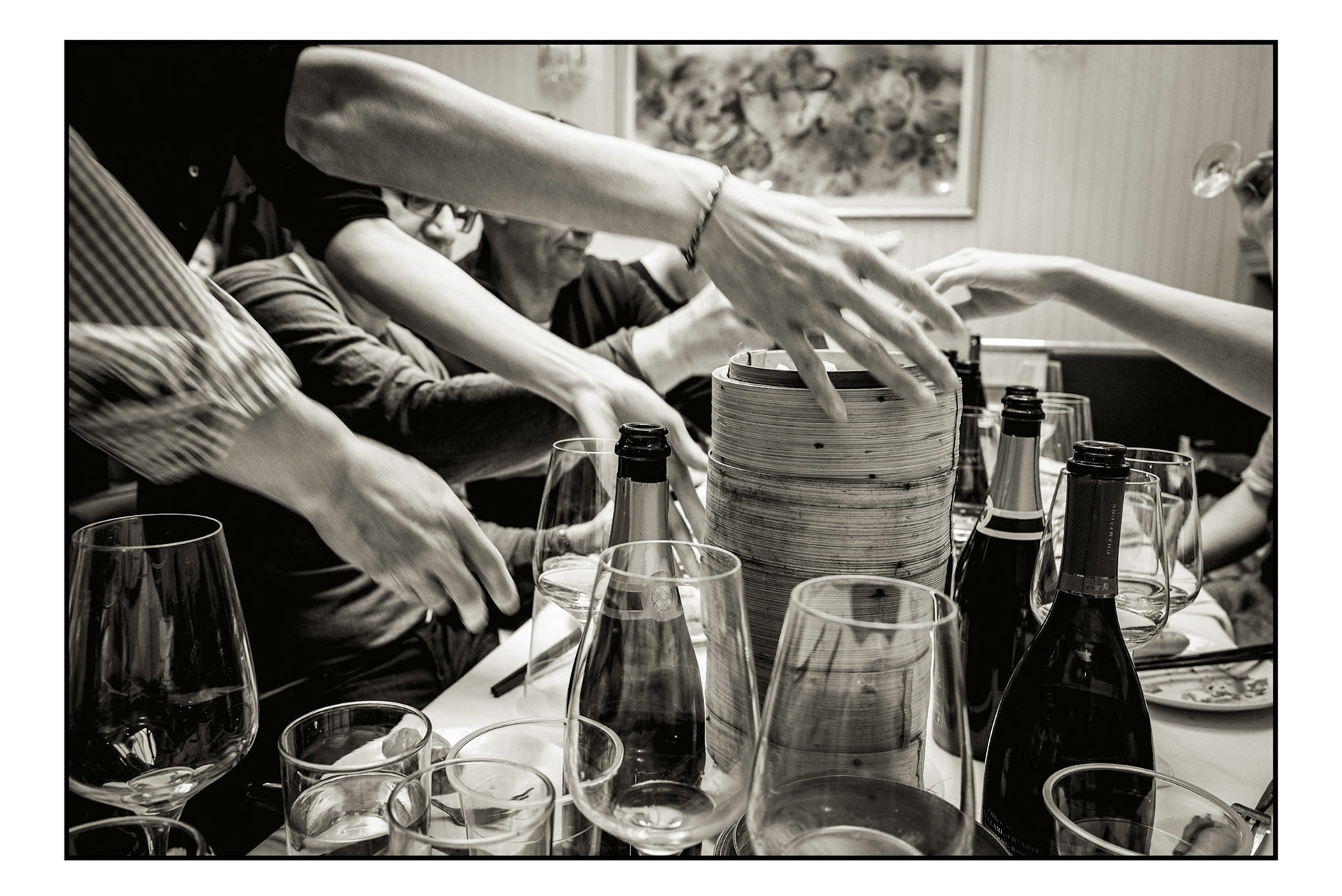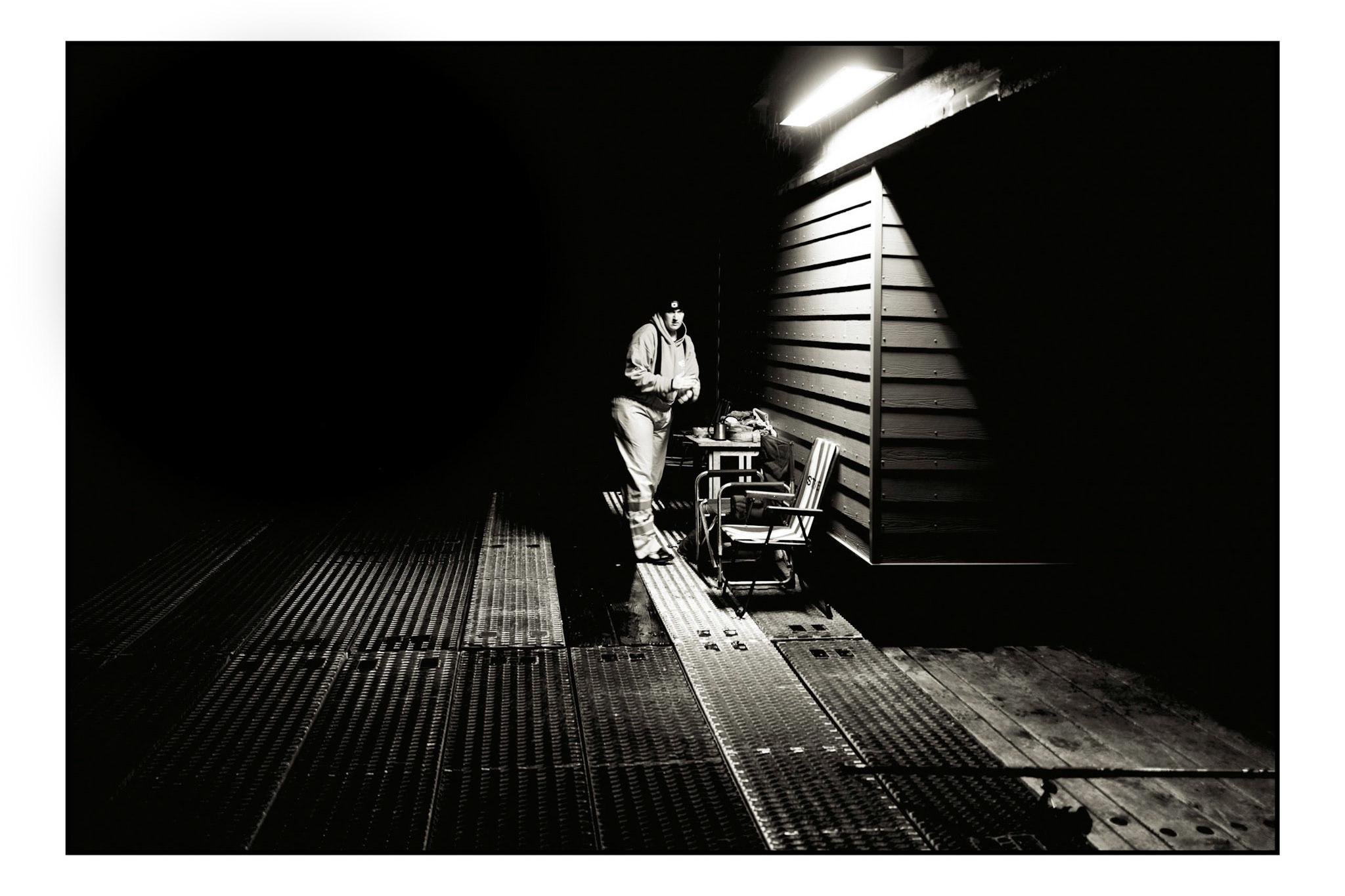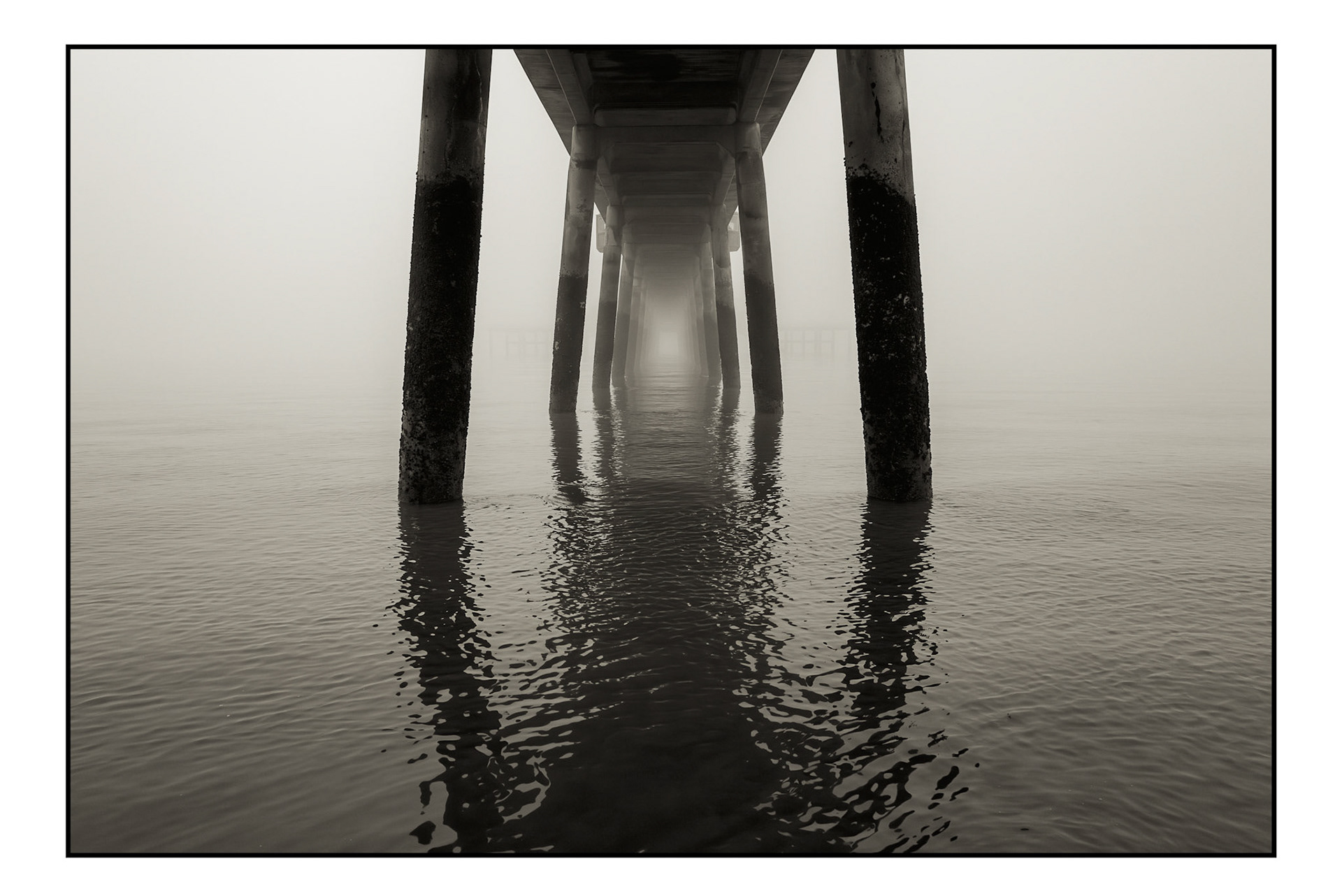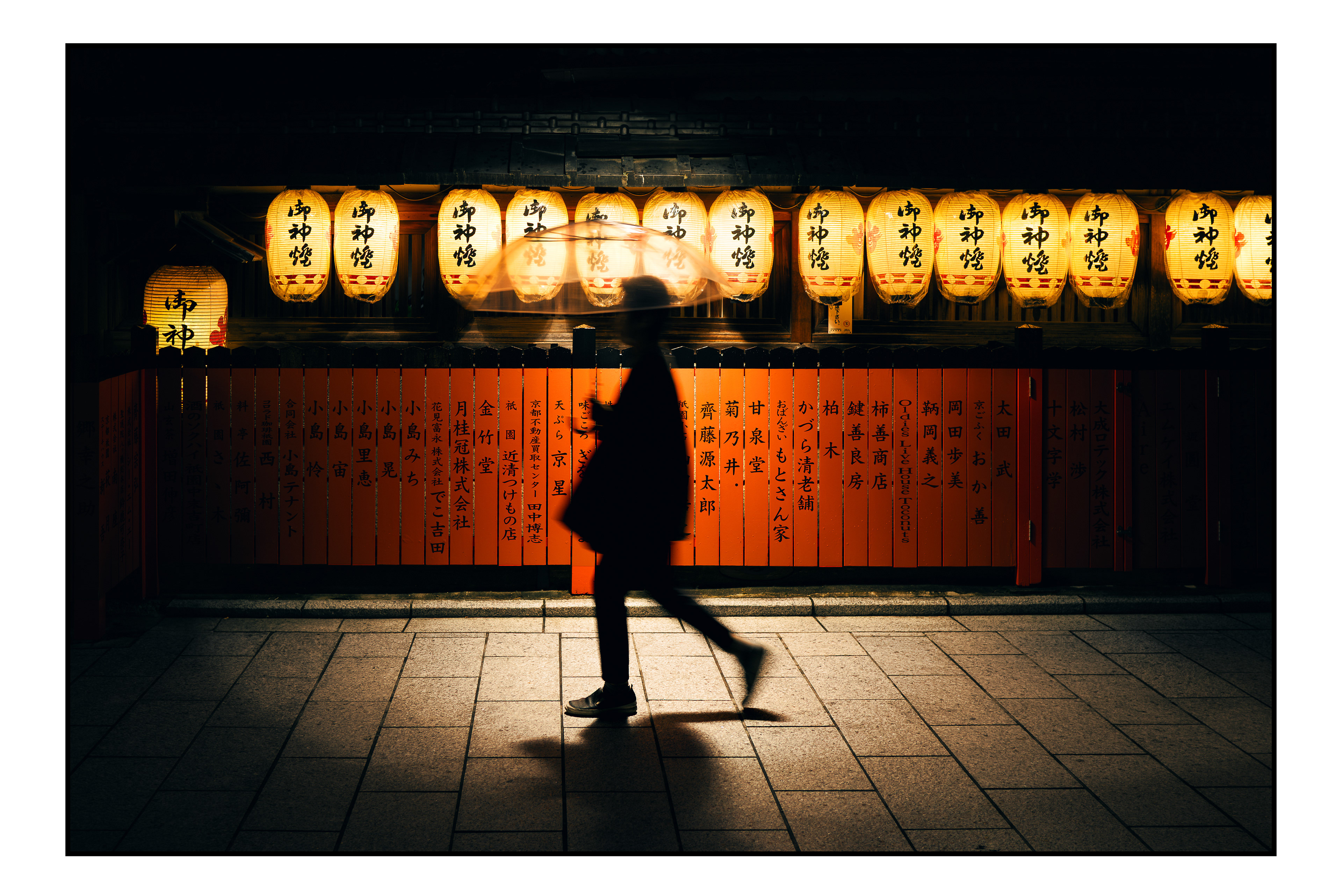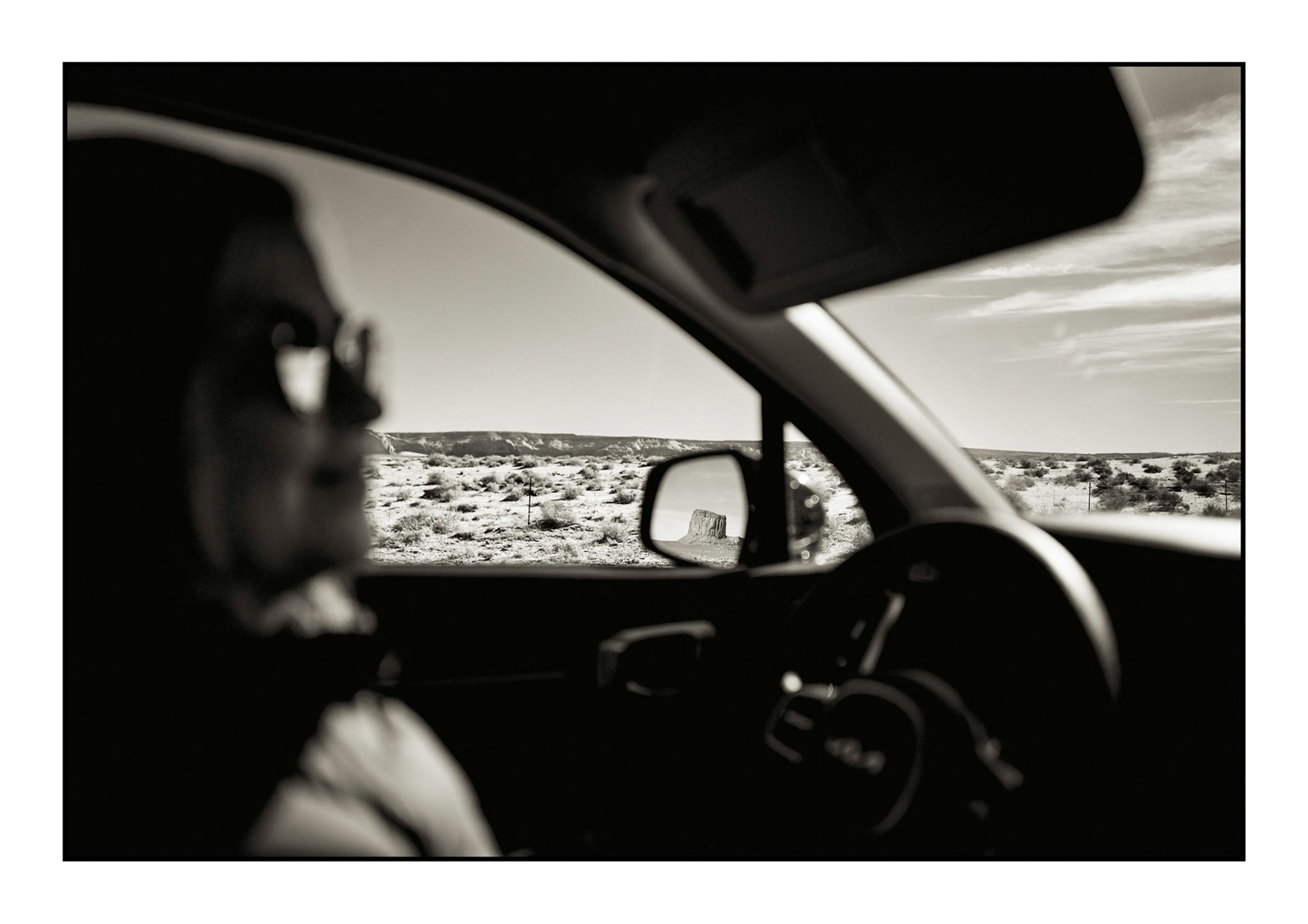
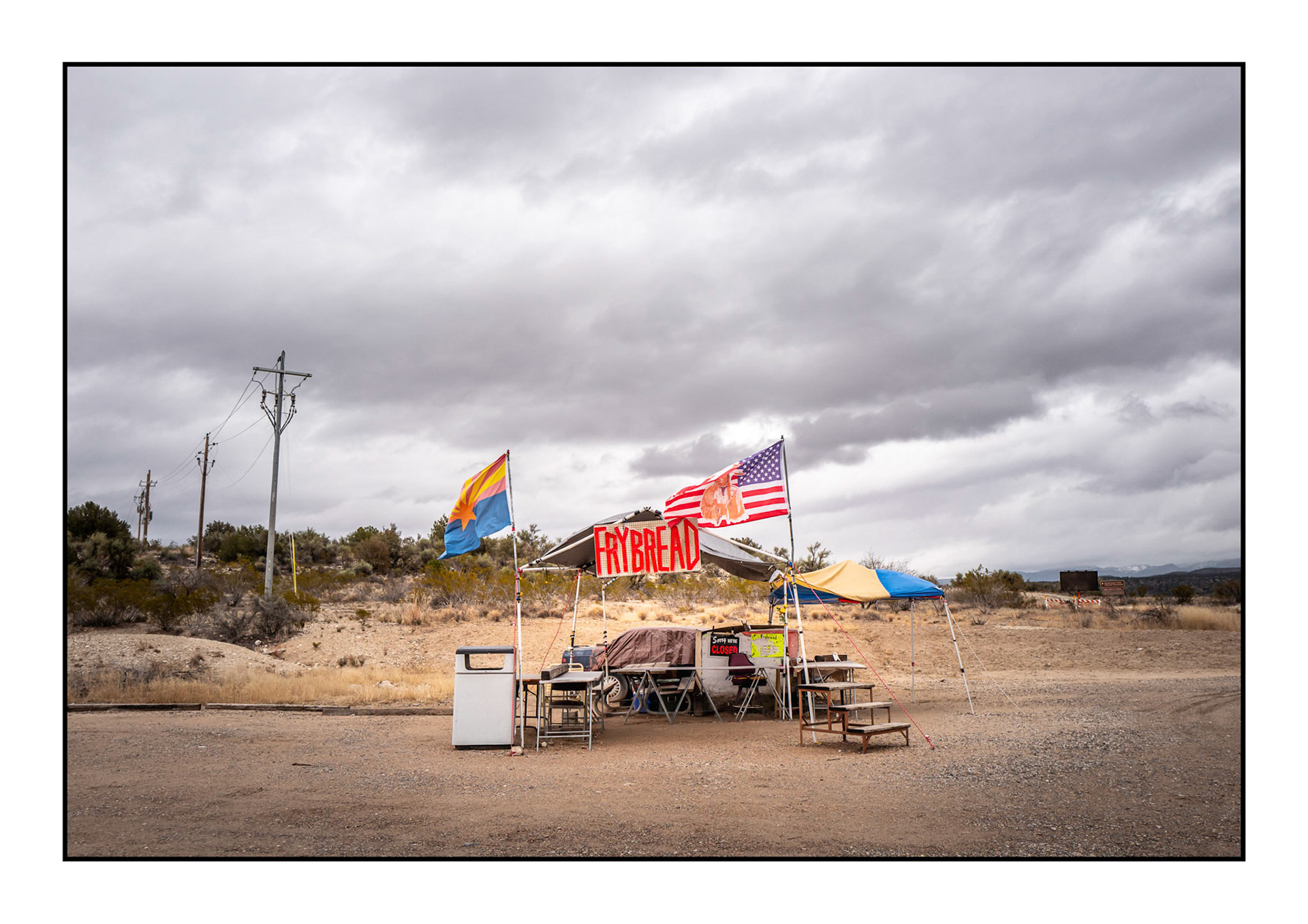

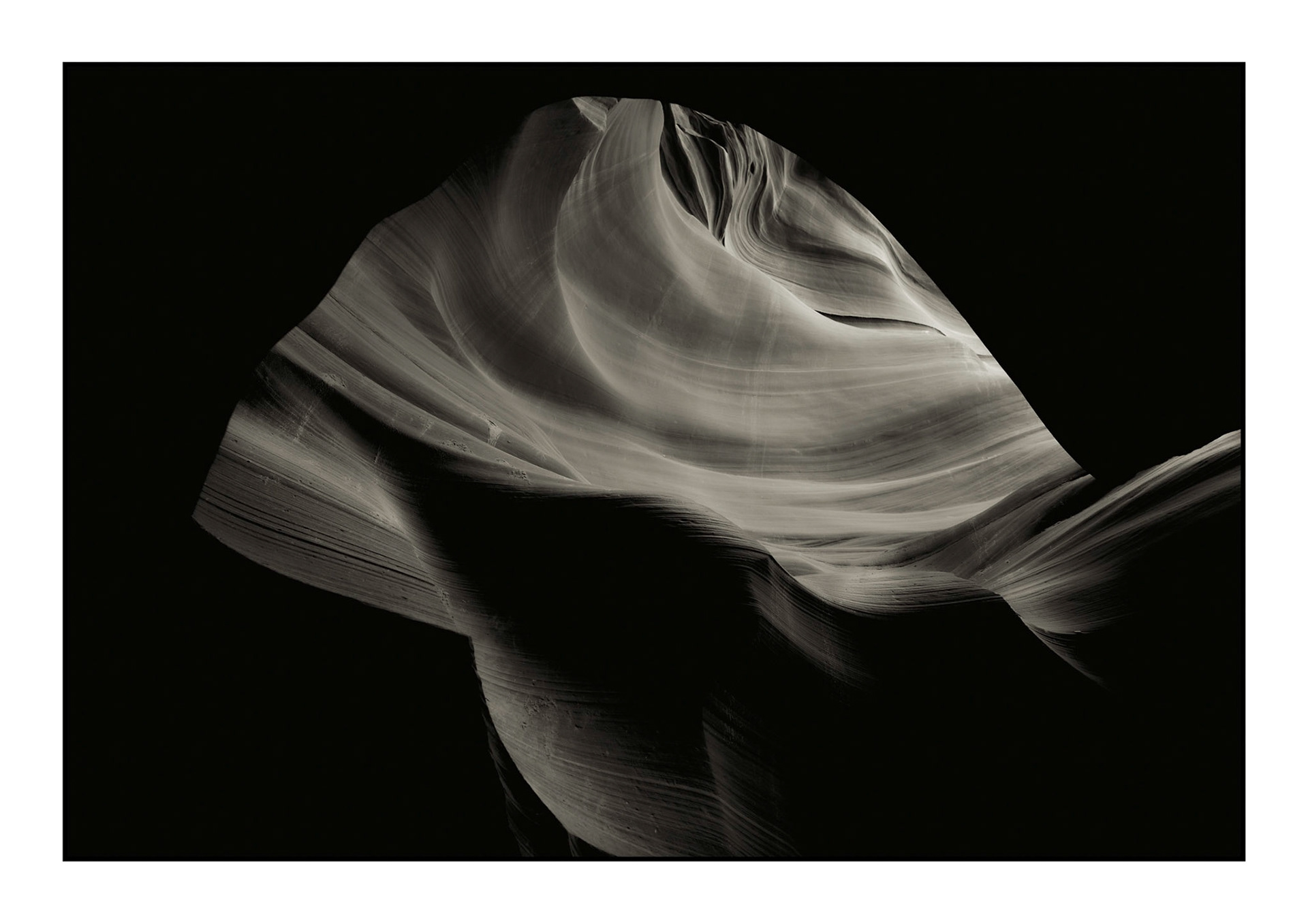
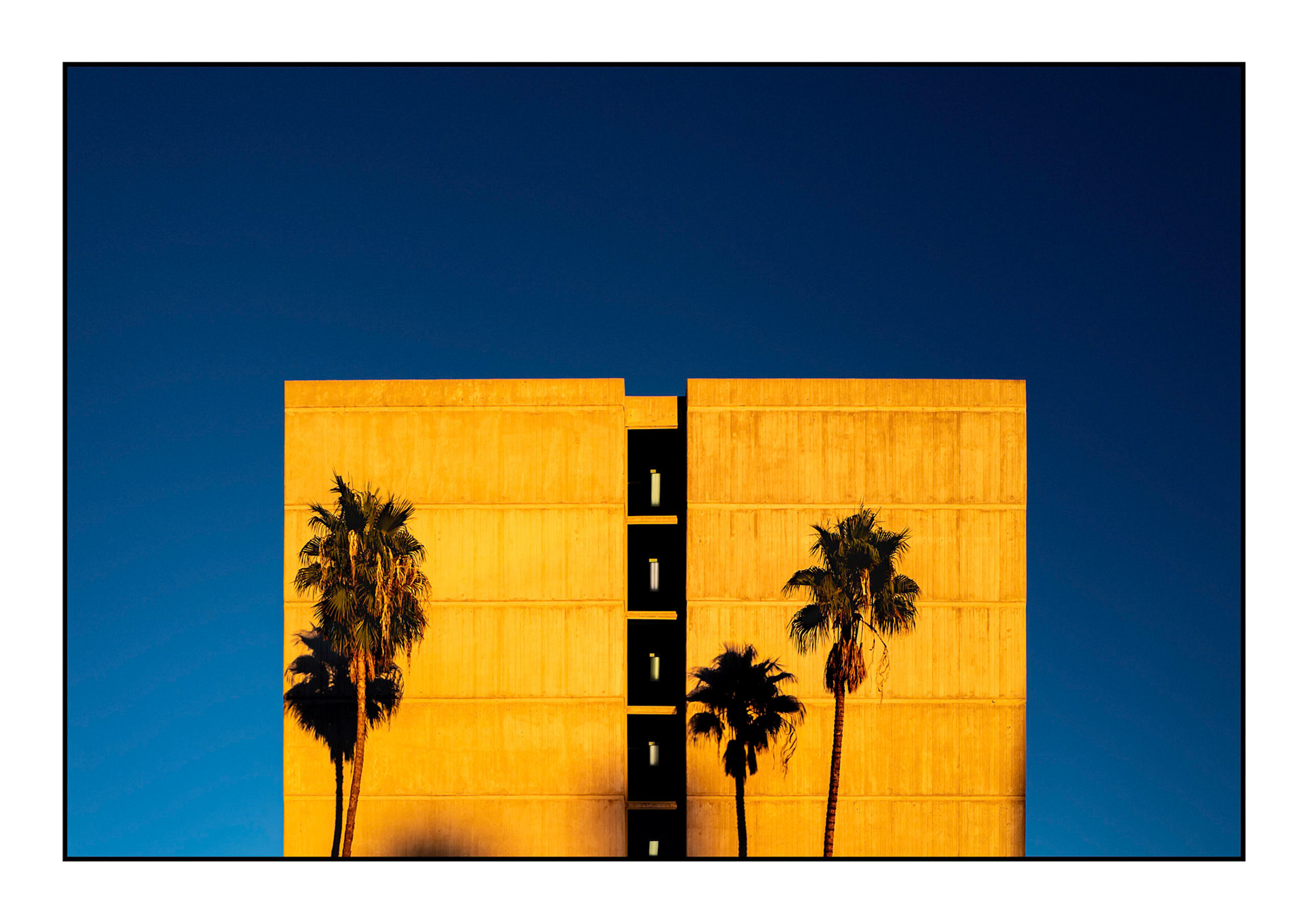
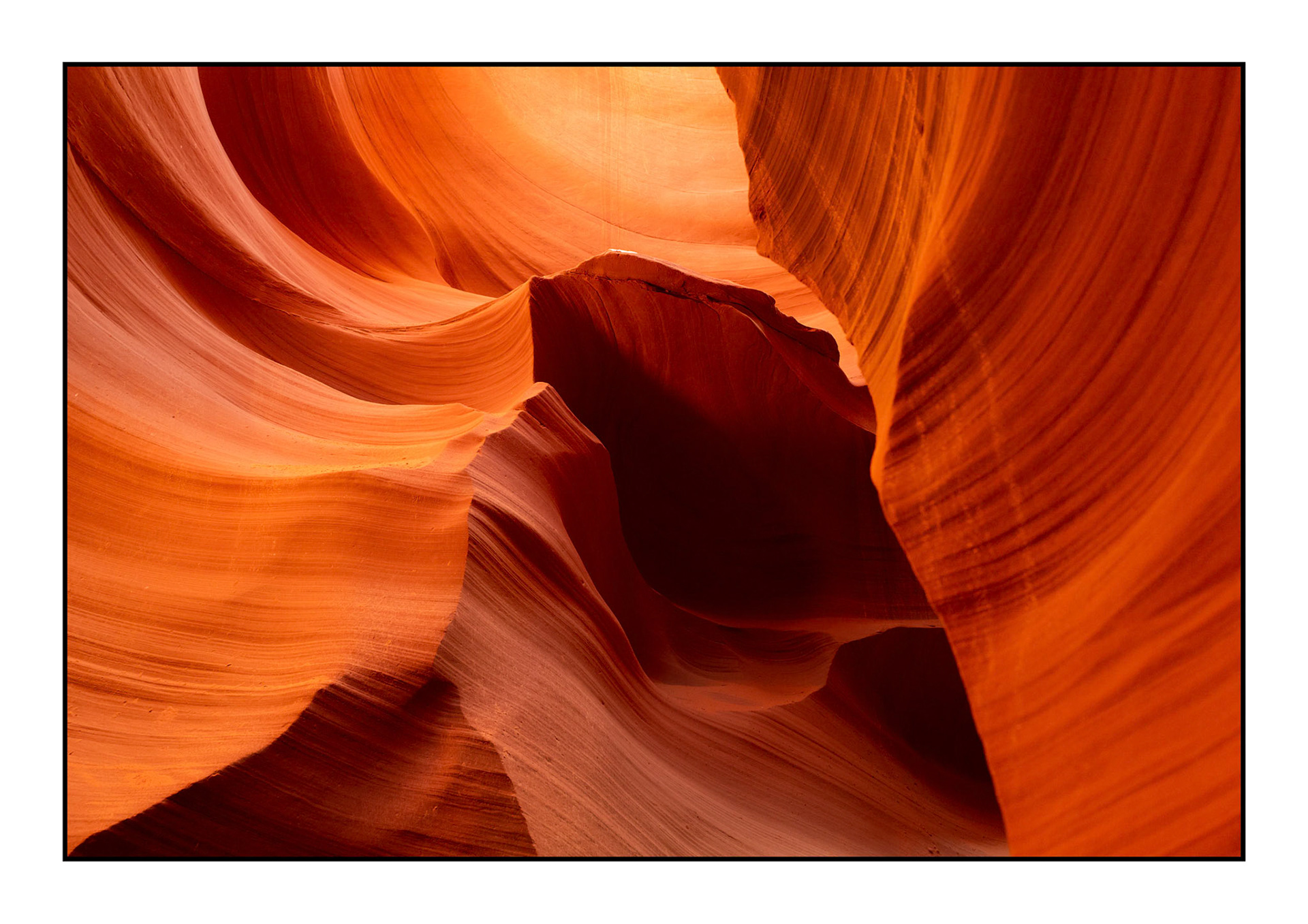

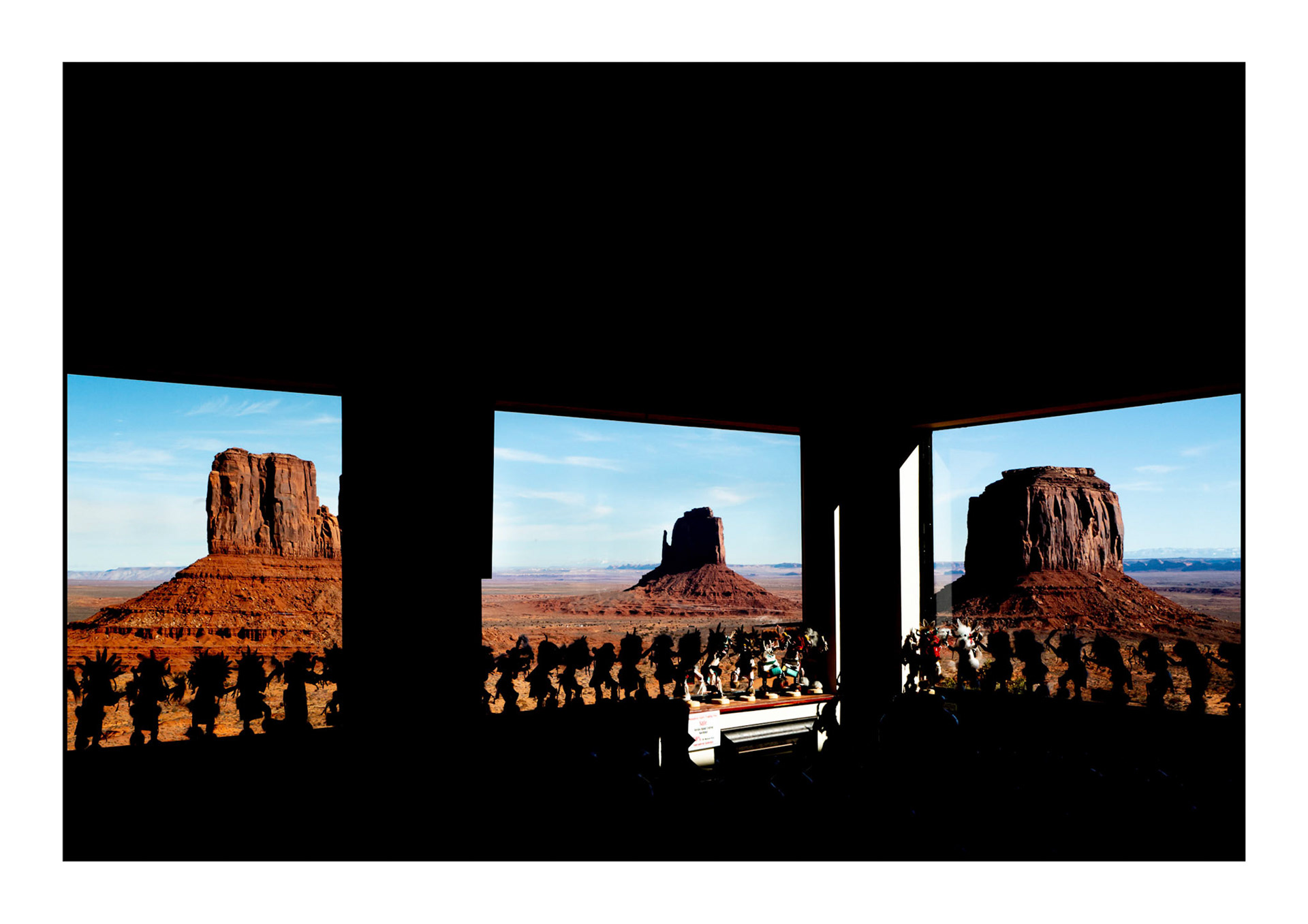
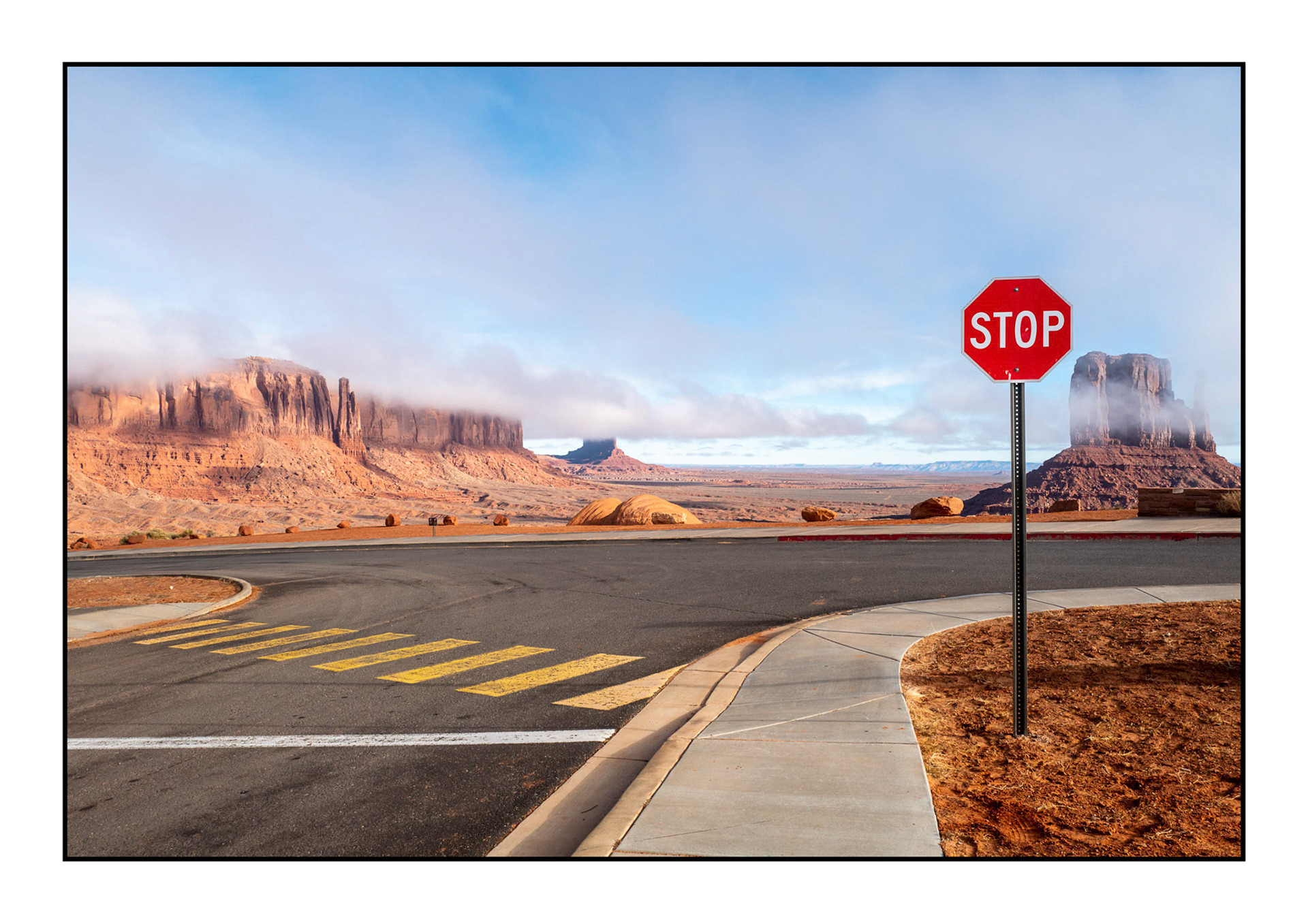
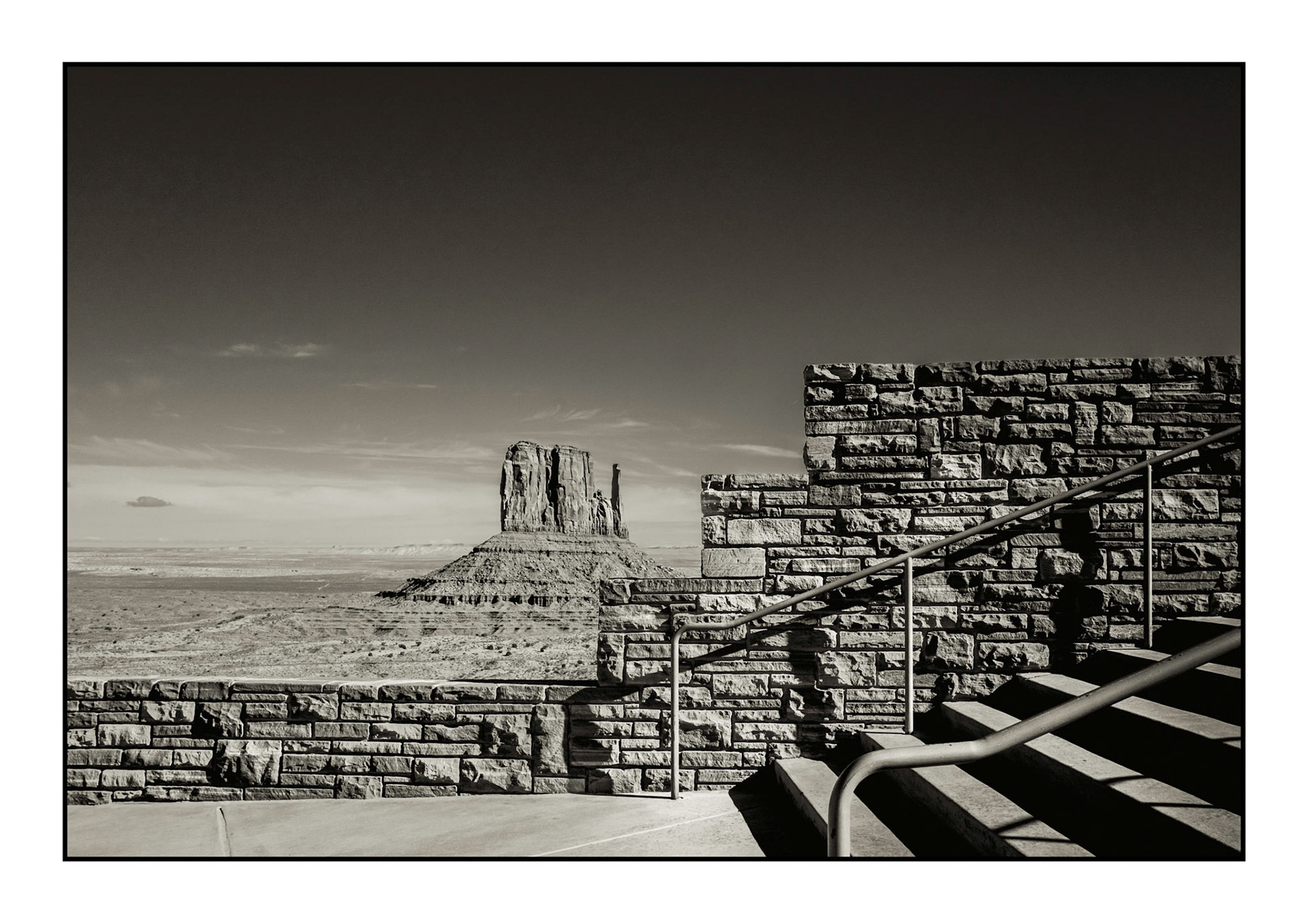

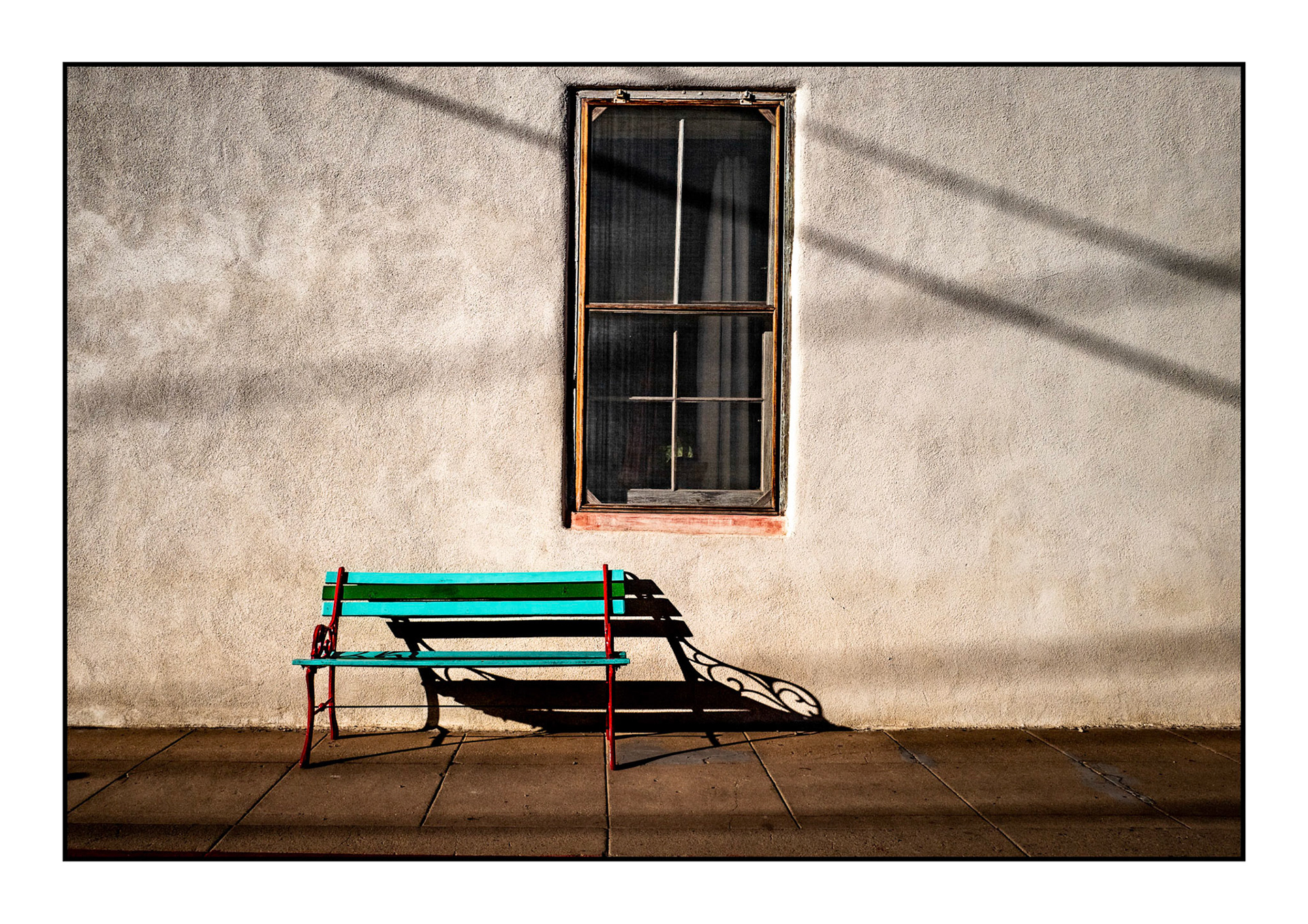
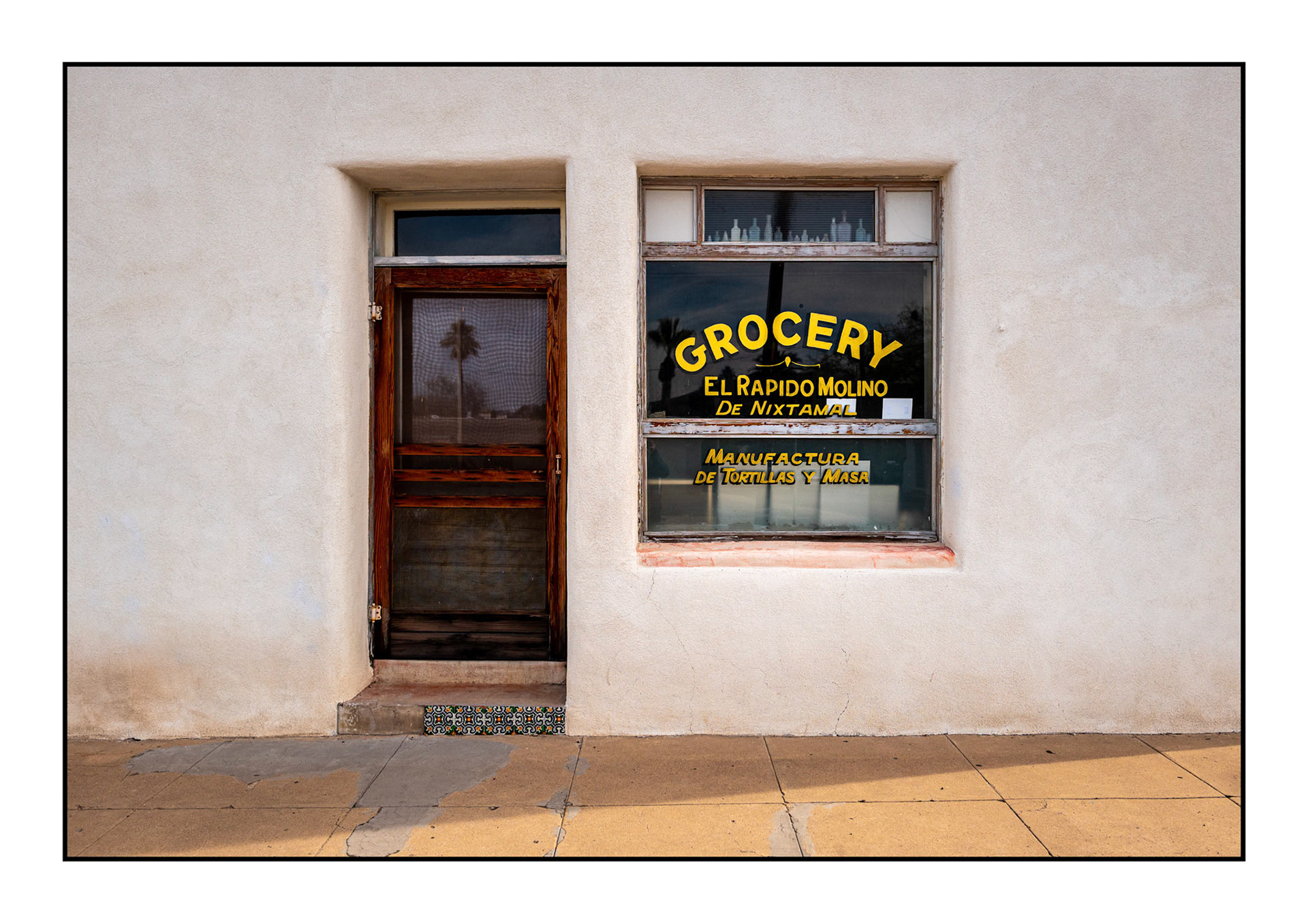
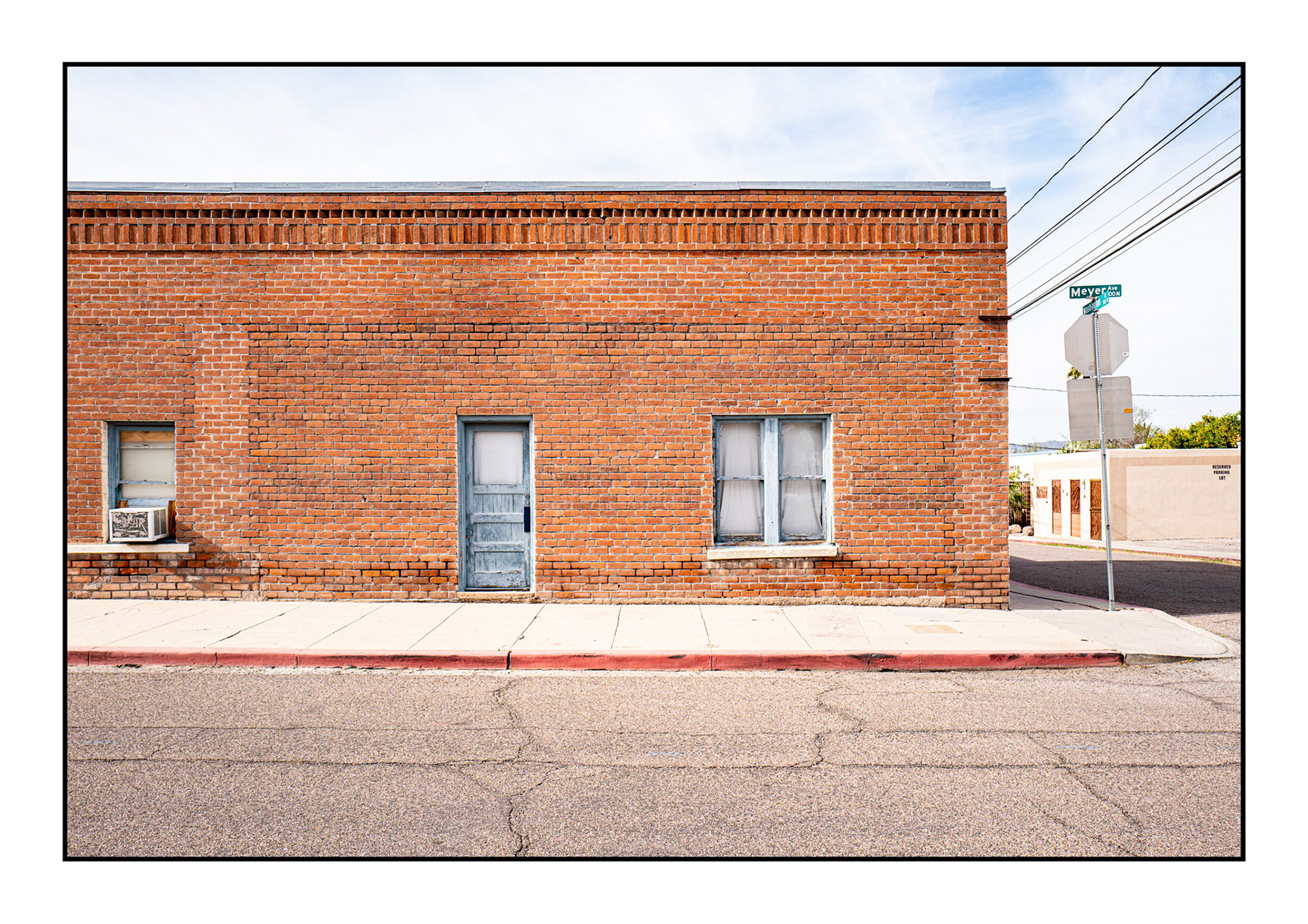


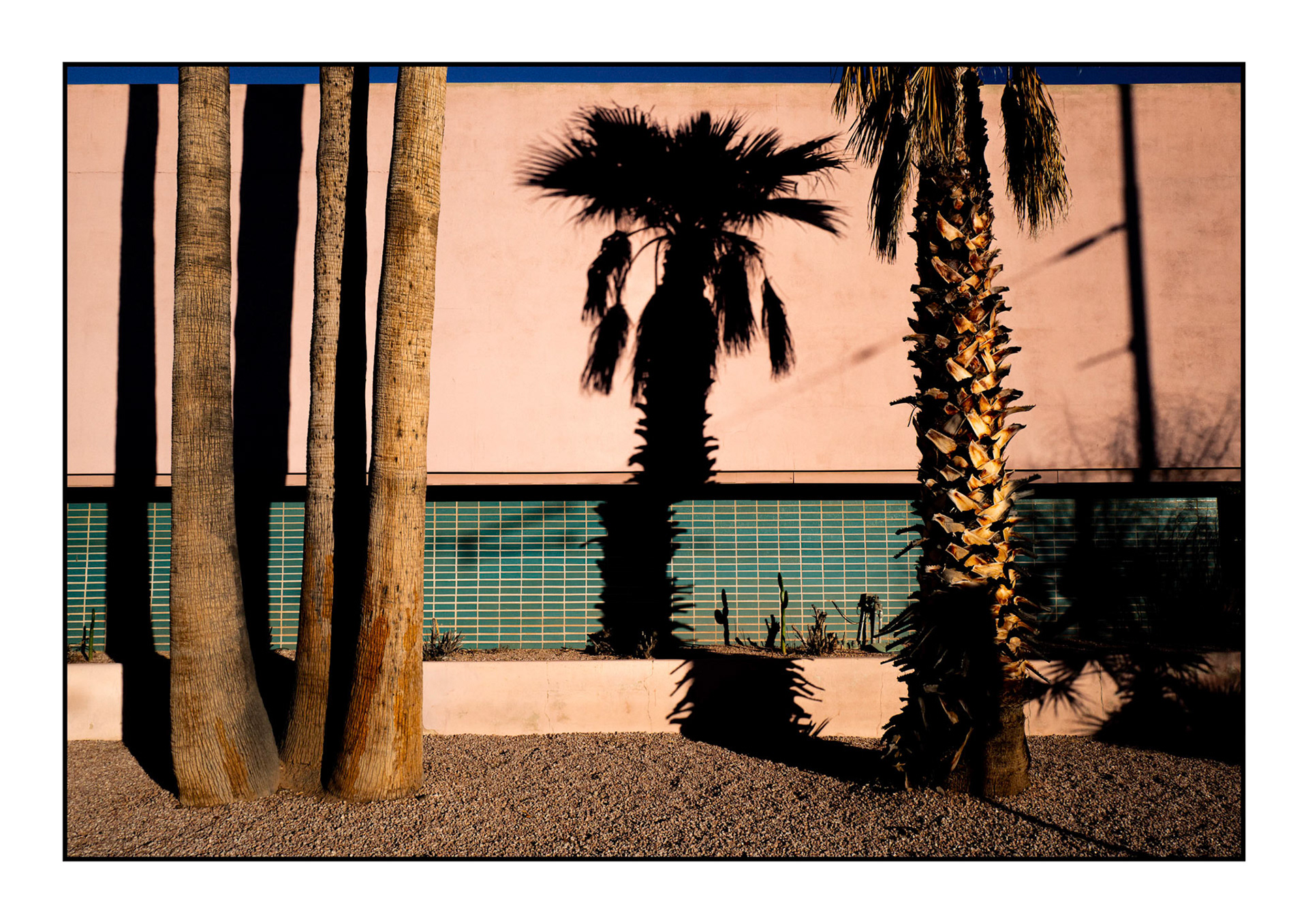
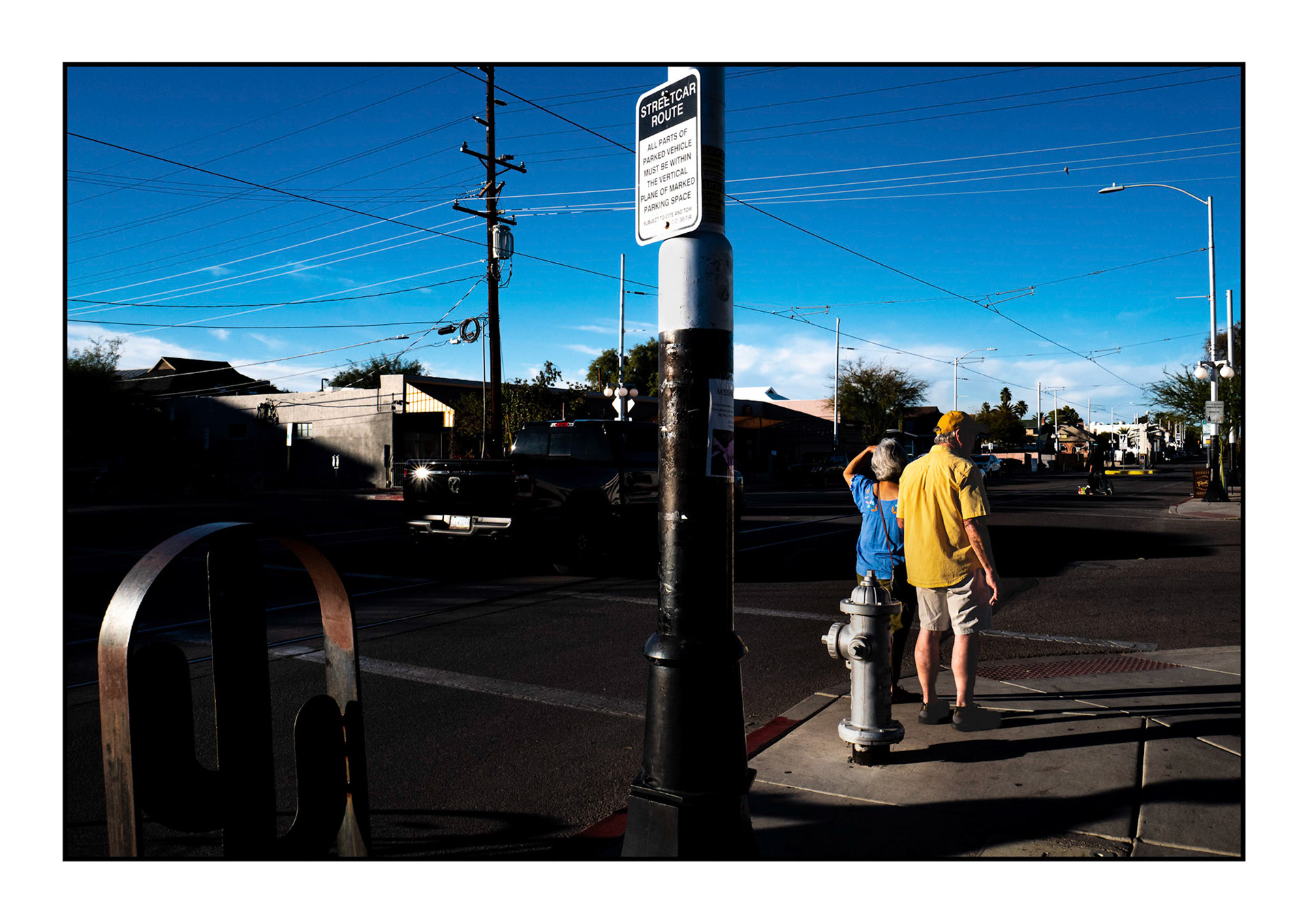
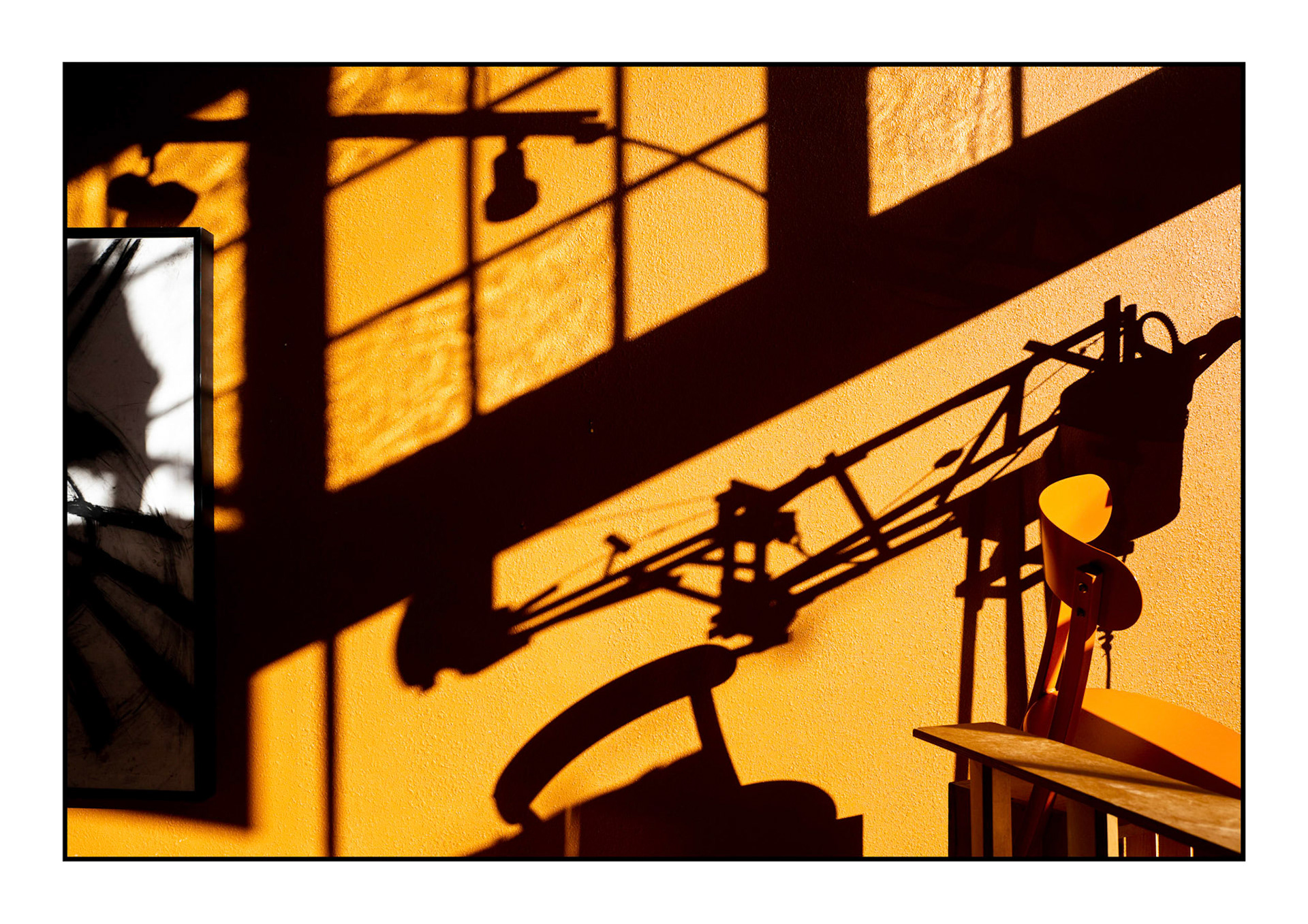
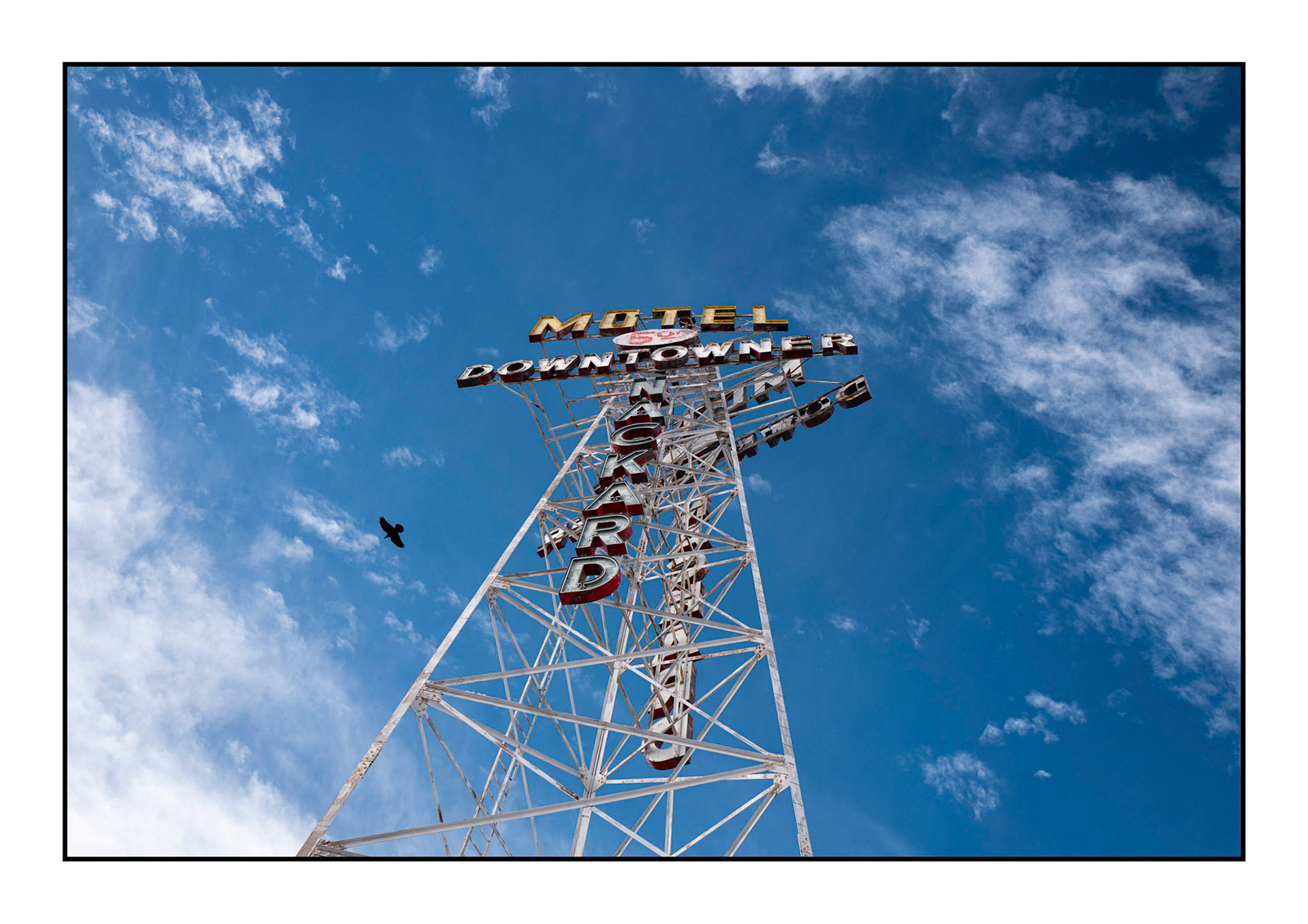
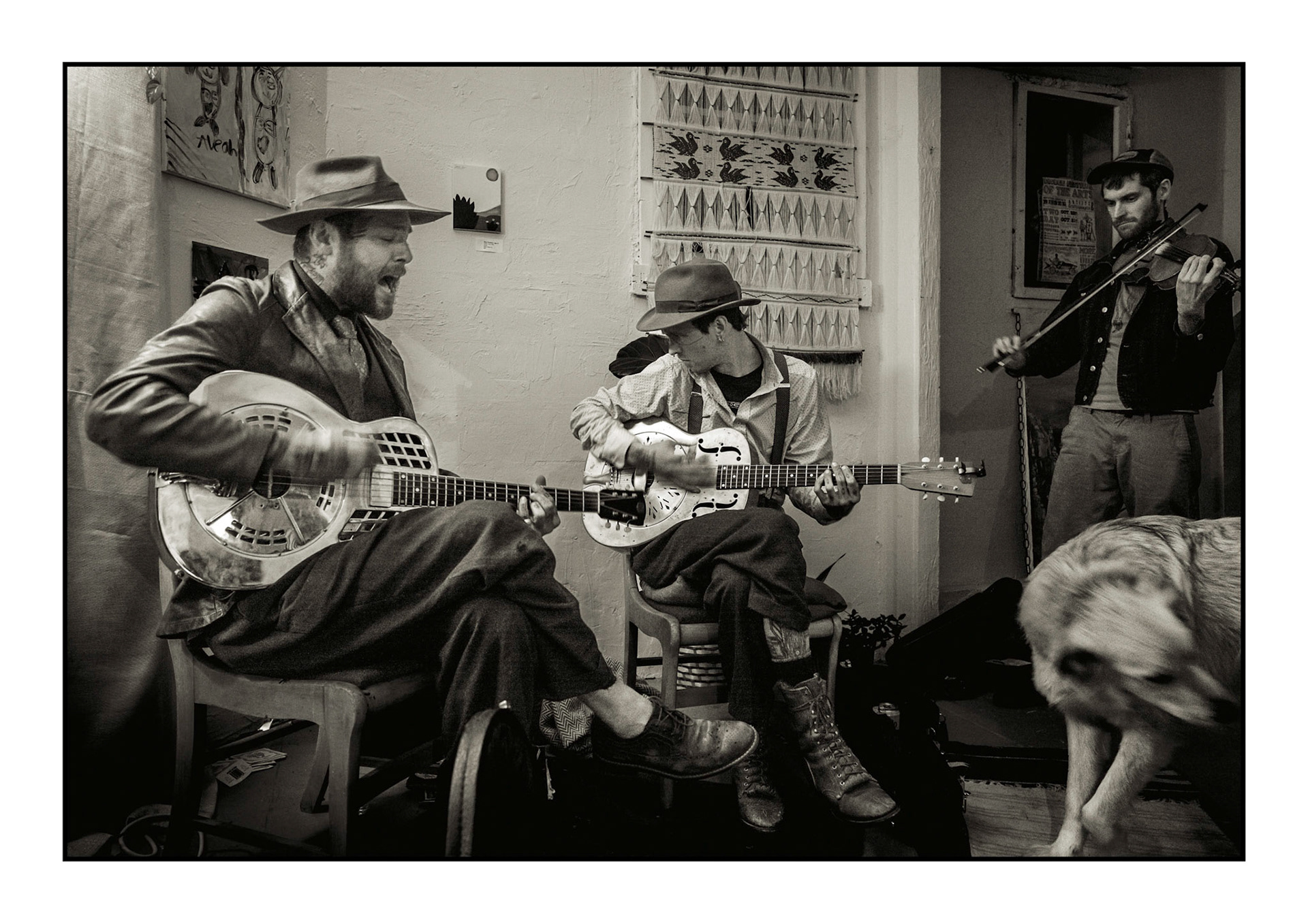
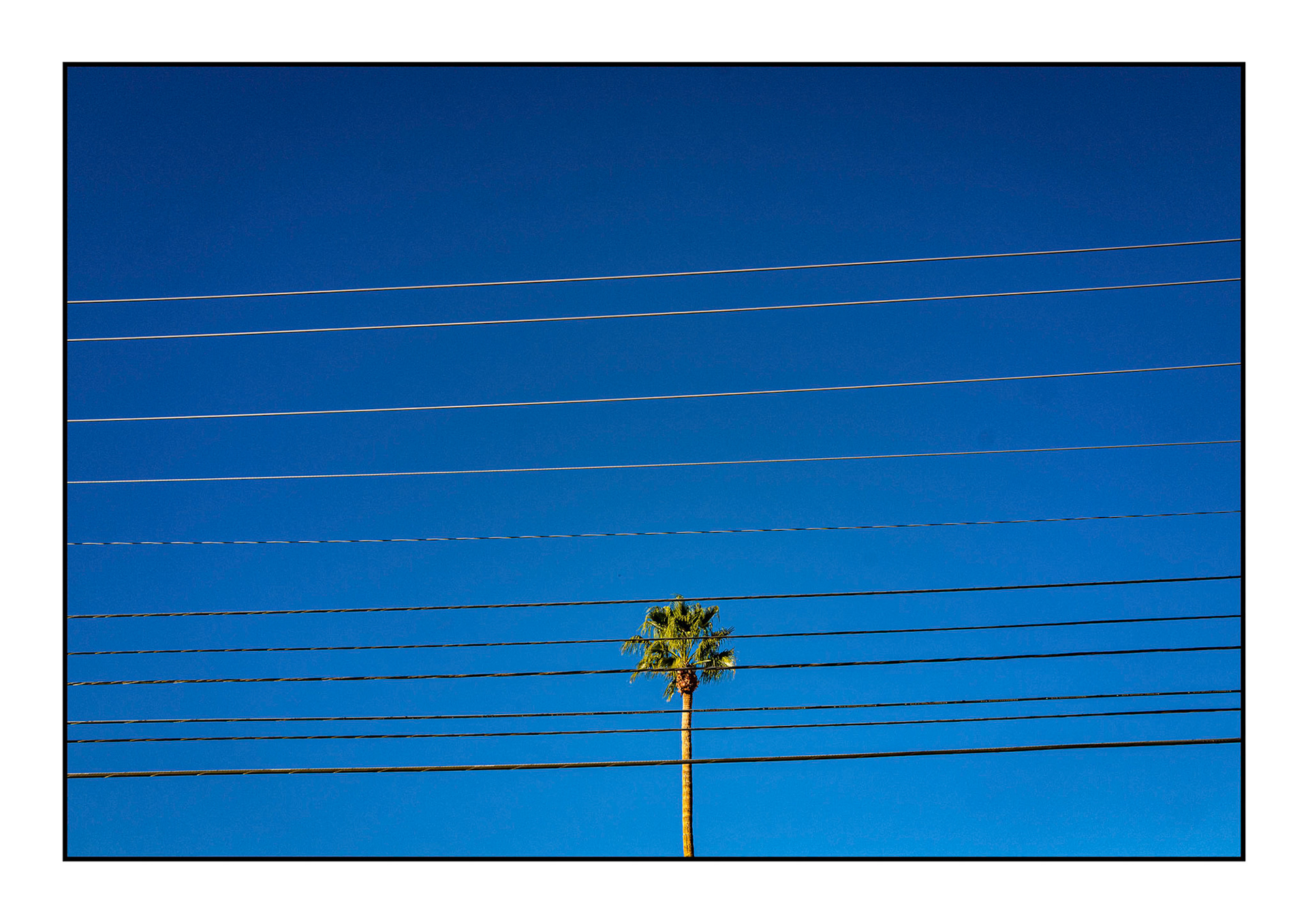
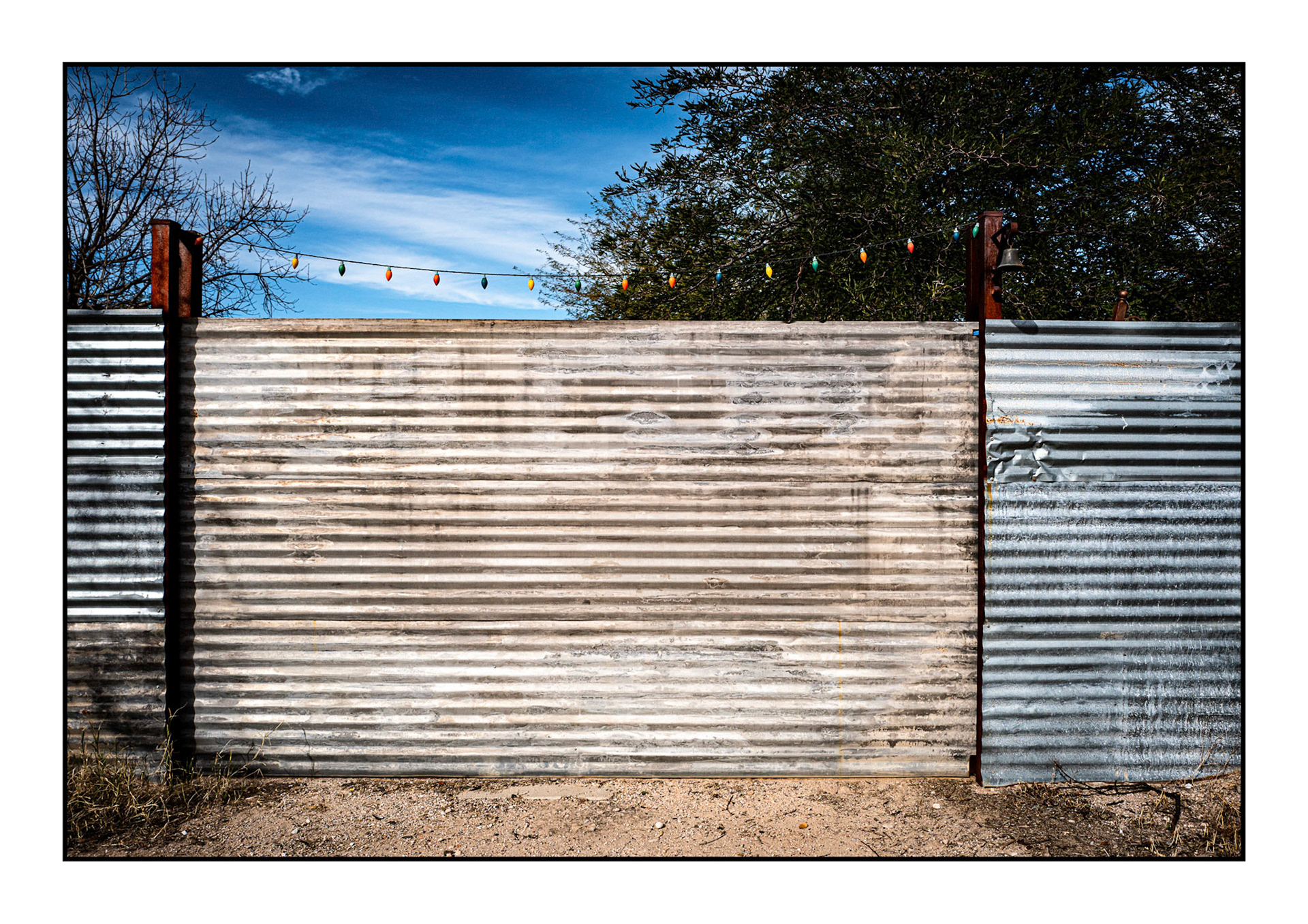
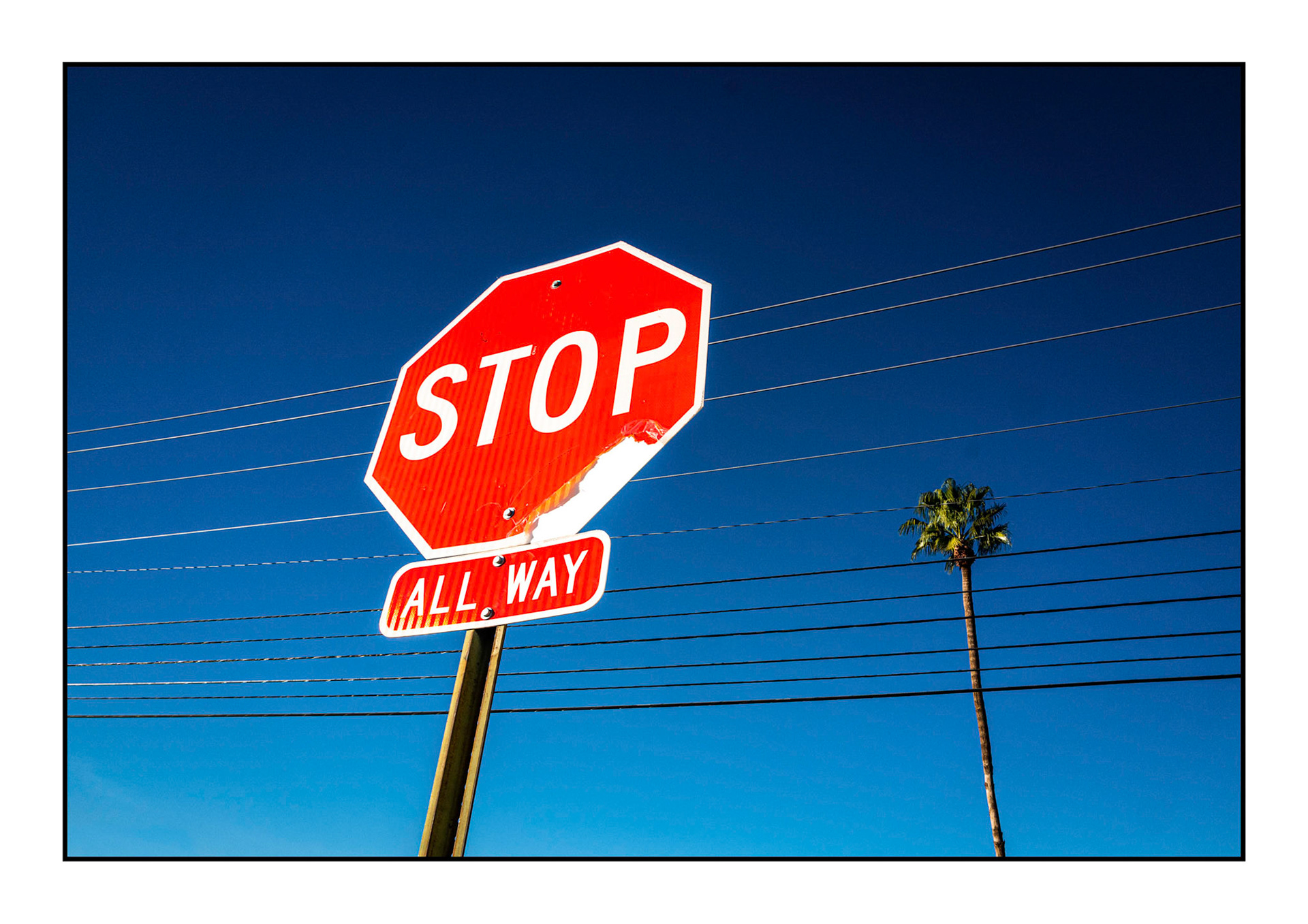
For a decade after journalism I worked in film. When I told friends who still do that I was finally going to realise a childhood dream and visit Monument Valley, they all suggested that I take a couple of bits of black cardboard with me - "you'll be used to seeing it in widescreen Panavision - you need the borders to frame it".
This stuck with me and guess what - they were absolutely right. It's almost too much to take in and it absolutely needs a frame. But instead of cardboard I used the balcony of our hotel room to set the Valley's iconic mittens at sunset.
Hockney took photographs of the Grand Canyon and was hugely disappointed when he printed them large. He felt this was because of the geometric perspective forced on it by a photograph. He painted it, introducing a psychological perspective and a feeling of space which - lets face it - is what the Grand Canyon is all about. For me, it's the negative space in this image gives the illusion of the vast space beyond.
I also thought Arizona's "big skies" was just the way of expressing how we perceive them. It turns out that it's more than that. After posting a few pictures on Instagram, a US meteorologist got in touch to say that the big skies are "real" because (a) the air is drier (so less moisture to refract and diffuse the light), (b) the cloudbase is high (usually about 30,000ft) and (c) there's little air pollution. Apparently these combine to give us the big beautiful skies that are impossible to capture in a photograph.
If you ever fancy a proper US road trip that's very easy to do and can easily pack a couple of weeks full of interesting things to point a camera at, then I'd heartily recommend Phoenix - Flagstaff - Page - Monument Valley - Tucson - Bisbee - Phoenix.

